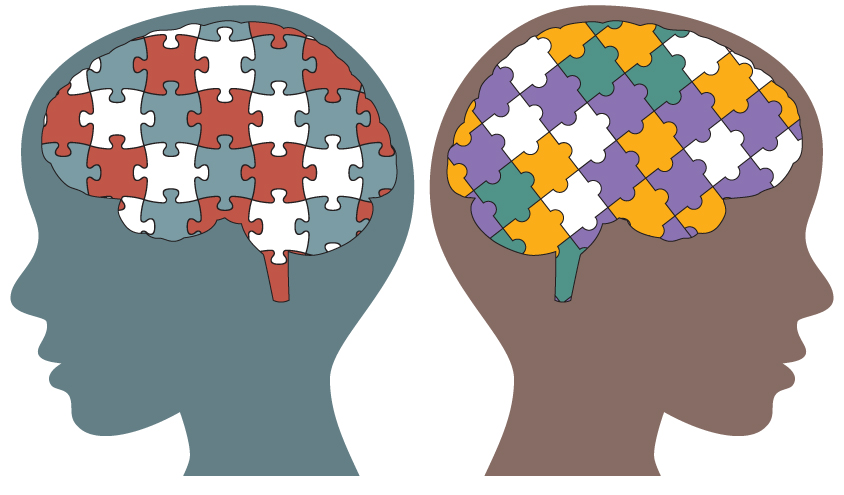When your child or a child close to you is diagnosed with Autism, you know that they’re already experiencing the world differently from the average person and need additional support. But you may be unsure how to give them the best support to navigate their way through the world. Thankfully there are many things available to people with Autism to help them, and which support you choose comes down ultimately to the needs of the individual.
Start At Home
Helping a child with Autism starts at home, where they should feel the safest. Children often expend a great deal of energy getting through the school day, masking their natural behaviors to fit in. When they get home, they meltdown as the strain of masking becomes too much, and they’re finally safe. Create a safe, calm place for your child to pour out and regulate their emotions, such as a darkened, cozy space free of distracting stimuli.

Don’t Wait For A Diagnosis
The diagnosis process takes time, but therapy can start before an official diagnosis. The sooner treatments and supports start, the better the outcome for the child in the long run. As your child is assessed and areas of need identified, you’re in a stronger position to bring in additional support to complement and further what’s already being undertaken. Action Behavior Centers can get you started on the diagnosis pathway while starting your child on ABA therapy.
Help Yourself
Parenting a child with additional support needs, be it Autism or something else, is hard work, and it’s easy to become isolated and overwhelmed. Learn about Autism, so you have a firm understanding of the condition and reach out to support groups for parents for moral support. Doing these things puts you in a solid position to cope with your child’s challenges. Preserving your health is essential to fostering their health and wellbeing.
Learn Non-Verbal Communication
If a child in your life doesn’t communicate verbally or through touch, there are still ways to communicate with them. Body language and tone of voice are still picked up on, so keep it positive. Learn their cues, such as gestures, noises, and facial expressions, as these can tell you a lot about your child’s wants and needs. When you figure out something that elicits a positive response, it’s easy to incorporate that into playtime or other areas of daily life. At the same time, things that make them uncomfortable or upset can be avoided or modified.
A nonverbal child needs to feel loved and ‘heard’ as a verbal child does. The difference is they can’t voice their thoughts the same way. Having a parent or loved one take the time to figure out how they’re communicating those needs is an incredible bonding experience for both parties.
It can be daunting figuring out how to help a child with Autism make their way in the world, but there are plenty of ways to do this with education and support. When you look after yourself, learn to understand your child, and ask for help from professionals, you’re on the best path to guide your child’s way in life.